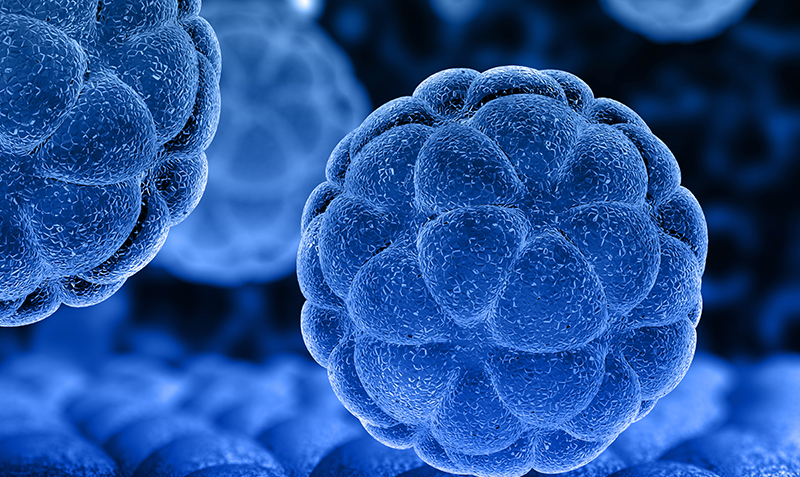
Pantin CT, Southworth T, Wetzel K, Singh D.
Allergic rhinitis is characterized by nasal inflammation that occurs in response to allergen exposure. Reproducibility of nasal secretion cytokine responses and physiological measurements are needed to determine the optimum measurements and power calculations for future studies. A group of investigators have investigated the reproducibility of nasal cytokine measurements, using ready-to-use polyvinyl acetate sponges to collect nasal secretions, and measurements of nasal physiological responses.
This study included twelve participants with allergic rhinitis and no history of respiratory disease, and twelve with asthma and allergic rhinitis. They were submitted to a nasal allergen challenge which was repeated 7-14 days later. Participants had an increase in IL-5, and in cytokines CCL11 and CXCL8 responses post-challenge (all P<0.05). Acoustic rhinometry provided good to excellent reproducibility and rhinomanometry had lower reproducibility with greater variation, with some participants unable to perform the measurement. Multiplex immunoassays provided greater sensitivity for cytokine CCL11 measurements. There were no differences between allergic rhinitis patients with and without asthma.
They concluded that polyvinyl acetate sponges are a practical and reproducible way to sample nasal secretions and acoustic rhinometry is a practical and reproducible method for assessing physiological responses



















